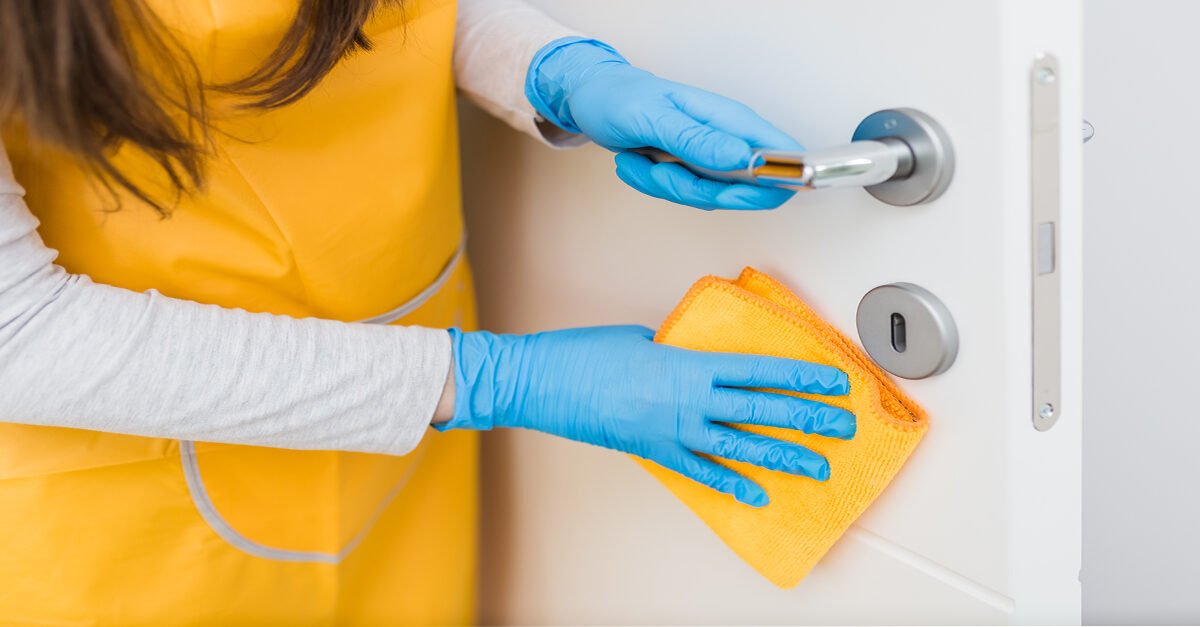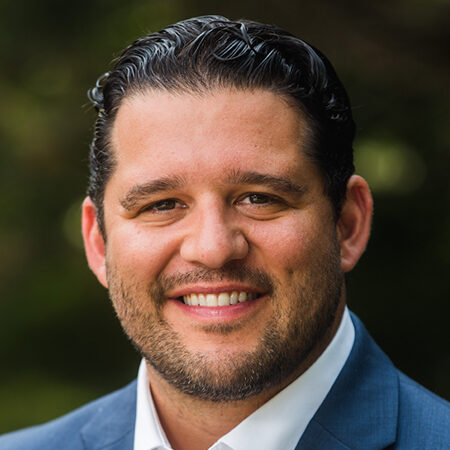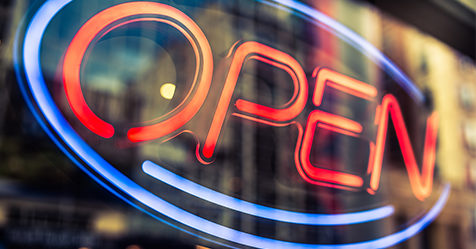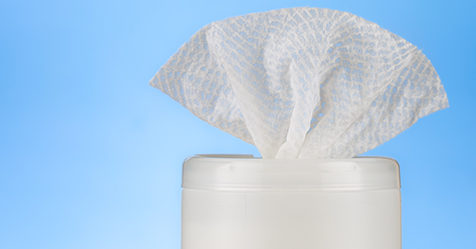While the pandemic has created challenges for many people, one silver lining is that the cleaning industry, and the heroic frontline workers it employs, are now center stage. Cleaning professionals often worked in the background of commercial facilities, completing repetitive, labor-intensive tasks to maintain cleanliness. Now, consumers are much more aware of the essential role that custodians and facility managers play in safeguarding the public’s health and safety.
Cleaning for appearance is no longer sufficient. The public now understands that a surface can look and smell clean but still harbor harmful pathogens. Facilities must adopt a “cleaning for health” approach to restore confidence, uphold brand reputation, and minimize the spread of infectious agents.
Pivoting to protect the public
Traditionally, consumers would judge cleanliness based on what they see and smell. A lingering lemon or lavender scent in a public restroom and streak- and dirt-free floors would signal that a facility prioritizes cleanliness. This is typically where the scrutiny ended. While it’s true that cleanliness doesn’t have a fragrance, most people do rely on their sense of smell to form their perceptions. And while germs were a concern, they took on an entirely new meaning with SARS-CoV-2.
The emergence of this highly infectious virus has redefined cleanliness. It’s not enough that surfaces and spaces look clean. They must be clean beyond what the naked eye can see. While the virus spreads more easily from person to person through the air, the public expects facilities to take every precaution to uphold cleanliness and limit the virus’s spread from surfaces to people.
Organizations that demonstrate their dedication to preventative measures during the pandemic —and beyond—set themselves up for success. For example, the International Council of Shopping Centers found that 66% of consumers want to see more frequent cleaning when they return to stores.
Thus, not only is visible, regular cleaning a must, but facilities need to use effective products and technologies to improve cleaning performance and showcase they take cleaning seriously.
A commitment to cleanliness
While cleaning for health does maintain a facility’s image, it goes a step further to thoroughly remove bacteria, fungi, and viruses. Consider the following best practices for successfully cleaning for health and highlighting an organization’s commitment to its employees, building visitors, and customers.
- Closely review cleaning solutions—The United States Environmental Protection Agency (EPA) released List N to give facility managers and consumers a clear guide on disinfectants that are approved for use against SARS-CoV-2. From ready-to-use disinfectant sprays to wipes, many options are available on the list, which users can filter by type of environment, surface ,and contact time.
It’s important to remember that not every effective solution is included on this list. Just because a disinfectant isn’t listed, doesn’t mean it’s not well-suited for a cleaning program. There are other third-party testing options, such as independent Good Laboratory Practices (GLP) laboratories, that provide alternatives for finding suitable chemicals. For example, electrochemically activated solutions (ECAS) are cleaning and disinfecting products made from water, salt, and electricity. Because they are generated by a system, they do not fall into the EPA’s List N of ready-to-use (RTU) products. If an organization is set on safer and more sustainable cleaning, the facility manager can check with the building service contractor to see if the on-site generation system has been vetted by the EPA.
Facility managers should also vet cleaning products for potentially caustic or problematic ingredients. With staff cleaning more frequently, they are exposed to more risks. Reducing chemical hazards in the workplace is an easy way to protect employees.
- Train (and retrain) employees—Remember that not only are custodians and cleaning professionals taking on more rigorous cleaning during the pandemic, but so are employees who have not traditionally handled using disinfectants and cleaning equipment. Cleaning roles often experience high turnover rates, as do many foodservice, and retail positions. Essential workers are also experiencing unprecedented levels of stress. Clear and consistent training is key. Certification and accreditation are other avenues organizations may explore.
Educate employees about the various cleaning products, equipment, tools, and technologies the facility has implemented to clean for health. Offer hands-on practice with electrostatic sprayers, dispensing equipment, floor care machines, and even chemicals to make sure employees are following the two-step process of cleaning first and disinfecting second. Develop visual guides, conduct classroom training with takeaway resources, and continue to reinforce best practices with verbal reminders and compliments.
- Bring cleaning to the forefront—Places like airports, schools, and grocery and retail stores are welcoming guests, students, and staff. To increase confidence and peace of mind, set a cleaning schedule that enables employees to clean while visitors and occupants are in the building. This is one of the easiest ways to prove that an organization is dedicated to protecting public health. When people can see the process, they trust that the facility is taking the necessary steps to prevent infectious outbreaks.
Transforming how we clean
The pandemic has shifted the public perception of the cleaning process and its role in protecting health and safety. Consumers are more aware than ever about the importance of disinfection, hand hygiene in public settings, and the efforts that facilities are taking to reduce the spread of illness. Meanwhile, organizations are looking for ways to effectively implement new cleaning products and technologies, train, certify, and safeguard their cleaning staff, and improve their overall approach to cleaning.
By focusing on cleaning for health, places such as schools, commercial offices, retail stores, airports, convention centers and more can reduce pathogen loads, uphold the wellbeing of employees, and protect building occupants and visitors.




